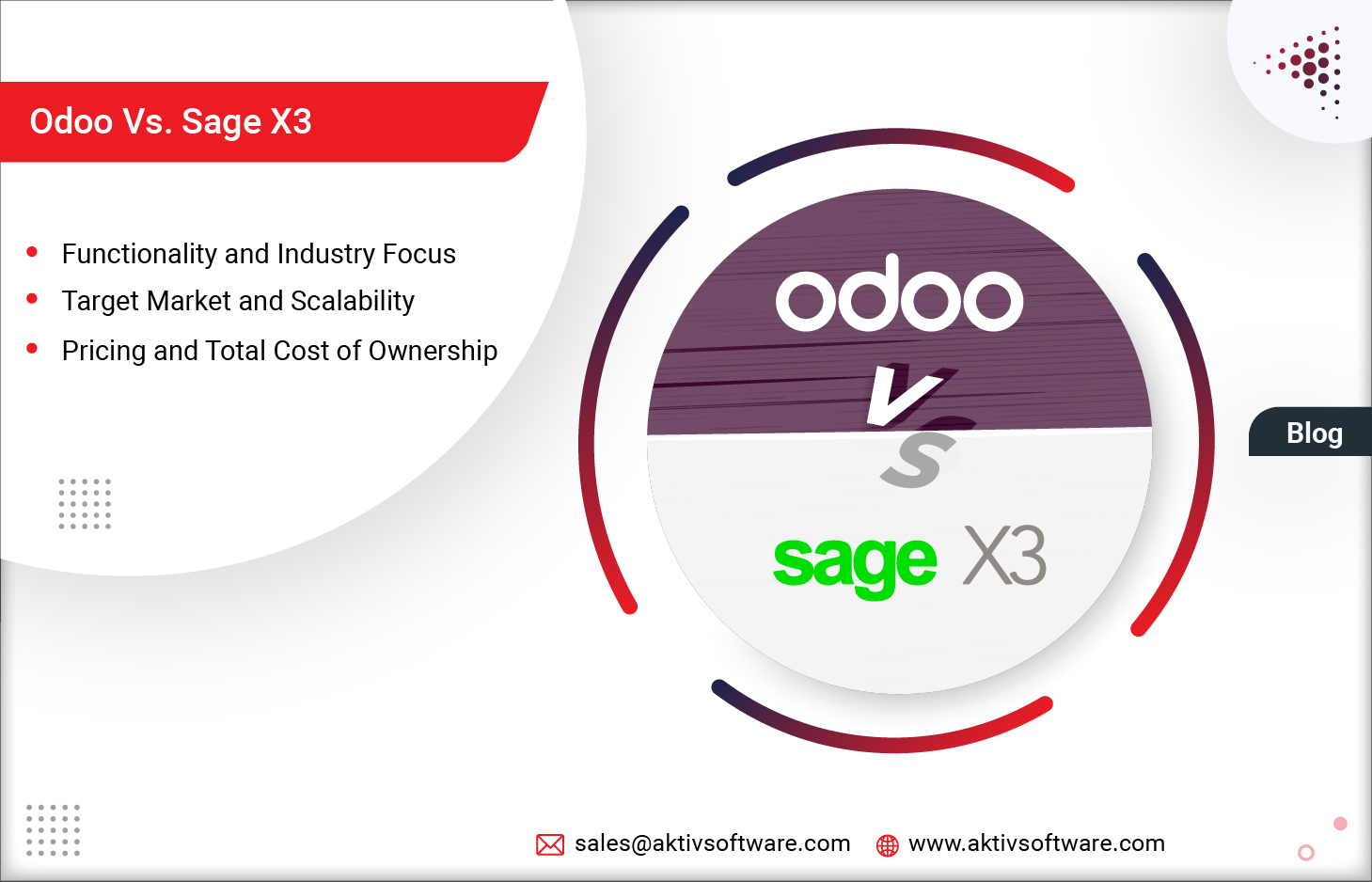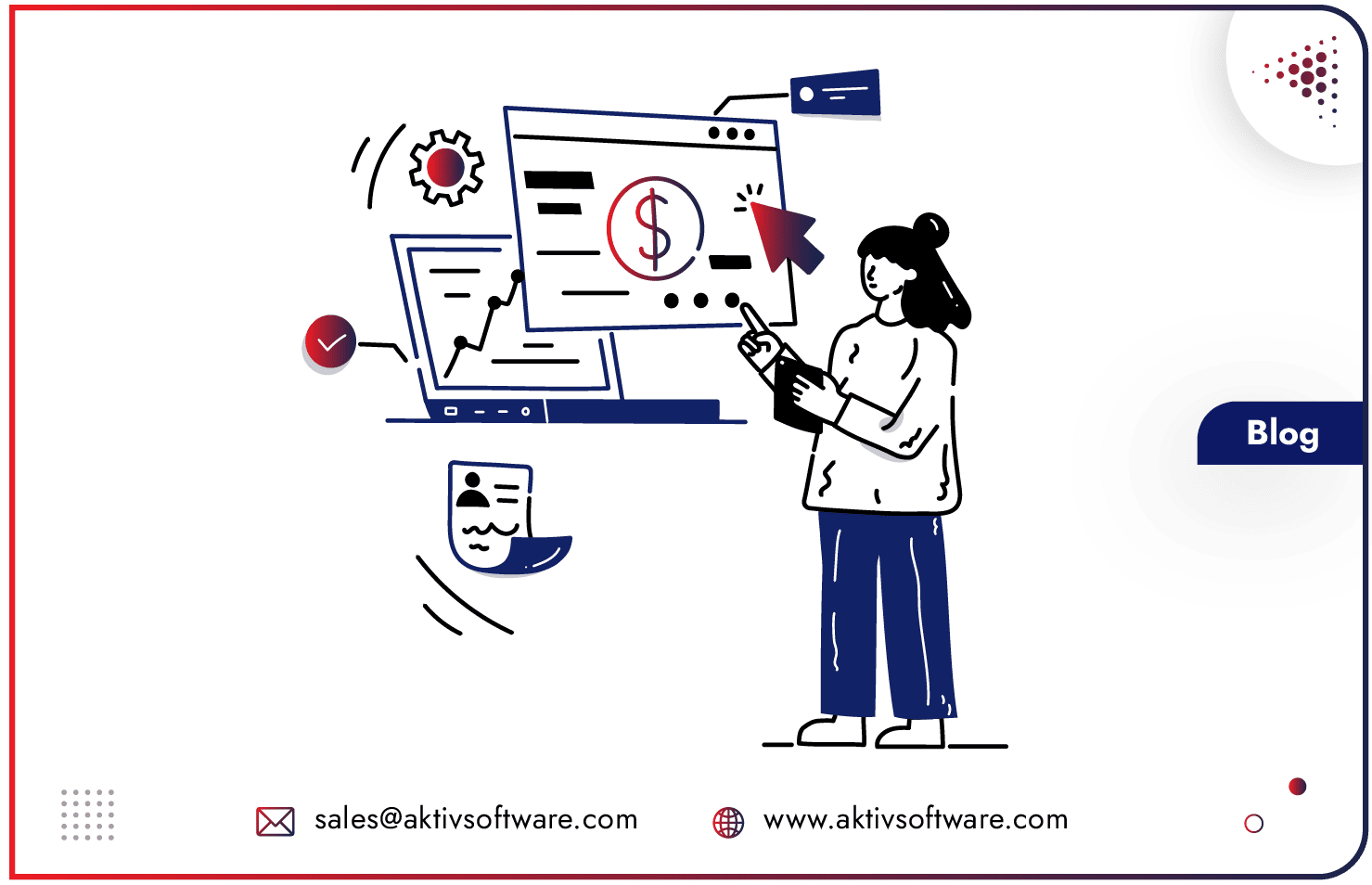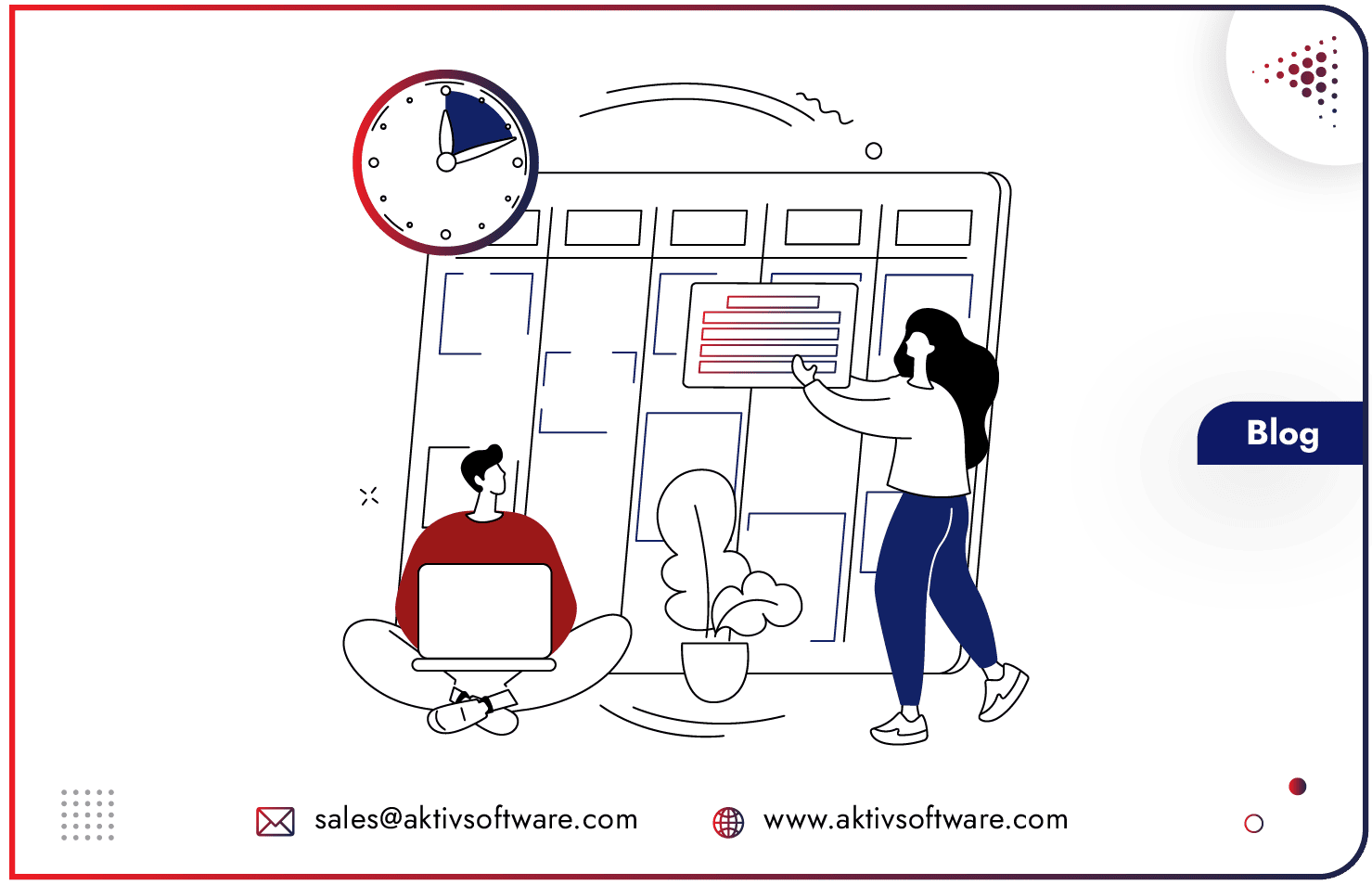Odoo and Sage X3 are popular enterprise resource planning (ERP) software solutions that offer comprehensive features to manage various aspects of a business.
While both platforms serve similar purposes, they have distinct differences in terms of functionality, flexibility, scalability, pricing, and user experience. Here’s a detailed guide on Odoo Vs. Sage X3 to help you make an informed choice:
Functionality and Industry Focus
Odoo caters for Diversity; Sage is industry-specific!
Odoo provides a comprehensive set of core modules such as accounting, sales, CRM, inventory, manufacturing, project management, and e-commerce. It also offers industry-specific modules and integrations to address specific needs, such as MRP (Manufacturing Resource Planning) for manufacturing companies or POS (Point of Sale) for retail businesses.
Odoo aims to cater to a wide range of industries, including manufacturing, retail, services, e-commerce, construction, hospitality, and more. It offers a broad set of modules that can be customized to meet specific industry requirements.
Sage X3 offers extensive functionality tailored to the needs of manufacturing and distribution companies. It includes features like inventory management, demand planning, production scheduling, quality control, lot traceability, advanced warehousing, and regulatory compliance. Sage X3’s industry-specific functionality addresses these sectors’ unique challenges and requirements.
Sage X3 is known for its strong presence in specific industries, including manufacturing, distribution, and process manufacturing. It focuses on complex supply chain management and compliance with industry-specific regulations.
Insight: When considering industry focus and functionality, aligning the software’s capabilities with your specific industry requirements is crucial.
If your business operates in manufacturing, distribution, or process manufacturing, Sage X3’s specialized features and compliance capabilities can be advantageous.
On the other hand, if your industry is more diverse, or you require a broader range of modules, Odoo’s versatility and customizable nature can provide a suitable solution.
For further evaluation, we would suggest you consider taking the Odoo demo or, in another case, Sage X3 to differentiate the available modules and industry-specific functionalities, and customization options against your specific business needs.
High-level Comparison of Odoo Vs. Sage X3 ERP features:
| Features | Odoo | Sage X3 |
| Accounting Management | Yes | Yes |
| CRM | Yes | Yes |
| Distribution Management | Yes | Yes |
| Asset Management | Yes | Yes |
| HR and Payroll | Yes | No |
| Inventory Management | Yes | Yes |
| Order Management | Yes | Yes |
| Project Management | Yes | Yes |
| Purchasing | Yes | Yes |
| Reporting/Analytics | Yes | Yes |
| Sales | Yes | Yes |
| Supply Chain Management | Yes | Yes |
| Warehouse Management | Yes | Yes |
| Supplier Management | Yes | Yes |
| Forecasting | Yes | No |
| Barcoding | Yes | No |
| Returns Management | Yes | No |
| eCommerce and Website Management | Yes | No |
| 3PL Management | No | No |
User Experience and Adoption:
Odoo’s Modern and Intuitive UI is a clear winner here!
Odoo is renowned for its user-friendly and intuitive interface. Its modern design, visually appealing layout, and easy navigation make it relatively easy to learn and use, even for non-technical users.
Sage X3 has a more traditional user interface that may take some time for users to become familiar with. While it offers comprehensive functionality, the user experience may not be as intuitive and visually appealing as Odoo.
Insight: Odoo’s user-friendly and intuitive interface generally leads to a smoother and more pleasant user experience, resulting in quicker adoption and increased productivity. The visually appealing design, intuitive navigation, and familiar interaction patterns contribute to a positive user experience.
Pricing and Total Cost of Ownership:
Odoo’s Cost-effectiveness beats Sage X3’s Pricing and Implementation Costs
Odoo pricing is modular, and it offers a free Community Edition with all basic features and a subscription-based Enterprise Edition that provides additional features, support, and regular updates. The subscription cost is based on the number of users.
Odoo recently changed its pricing structure, which makes it more interesting!
The TCO of Odoo can vary depending on factors such as the size of your organization, the number of users, required modules, implementation costs, customization needs, hosting options (on-premises or cloud), and ongoing maintenance and support.
Sage X3 pricing structure typically involves licensing fees based on factors such as the number of users, modules required, and customization needs. Additional costs may include implementation, training, maintenance, and support.
The TCO of Sage X3 can be influenced by factors like the scale and complexity of your organization, the number of users, the level of customization and integration required, implementation costs, training expenses, infrastructure (on-premises or cloud) costs, ongoing maintenance, and support.
Insight: Comparing the pricing and TCO of Odoo Vs. Sage X3 requires a thorough analysis of your organization’s specific needs. Odoo’s modular pricing model and the availability of a free Community Edition can make it a more cost-effective option, especially for small and mid-sized businesses with limited budgets.
Sage X3, being a more enterprise-focused solution, may involve higher upfront licensing costs and potentially higher TCO, especially for larger organizations with complex requirements.
Target Market and Scalability:
Odoo fits all business sizes, and Sage X3 works best for Larger Enterprises!
Odoo caters to businesses of all sizes, including small, mid-sized, and large enterprises. It is designed to be flexible and adaptable, making it suitable for various industries and business types.
Odoo’s modular structure allows businesses to start with a few essential modules and expand as their needs grow. This scalability feature makes Odoo suitable for organizations that want to start small and gradually add modules or functionality as their business expands. It can accommodate the growth and changing requirements of businesses without significant disruptions.
Sage X3 primarily targets mid-sized and large enterprises. It is designed to address these organizations’ complex operational needs and industry-specific requirements.
Sage X3 offers robust scalability and is built to accommodate the needs of growing organizations with multiple users, locations, and business units. Sage X3 can handle larger transaction volumes and more extensive data sets, making it suitable for enterprises experiencing rapid growth or operating globally.
Insight: When considering the target market and scalability, aligning the software with your organization’s size and growth plans is important.
Odoo’s flexibility and modular structure make it well-suited for businesses of various sizes, including small and mid-sized enterprises. It allows for gradual expansion and can adapt to changing needs without requiring a complete overhaul.
Sage X3, on the other hand, is geared towards mid-sized and large enterprises with complex operational requirements, and it is suitable for organizations experiencing significant growth or operating on an enterprise level.






